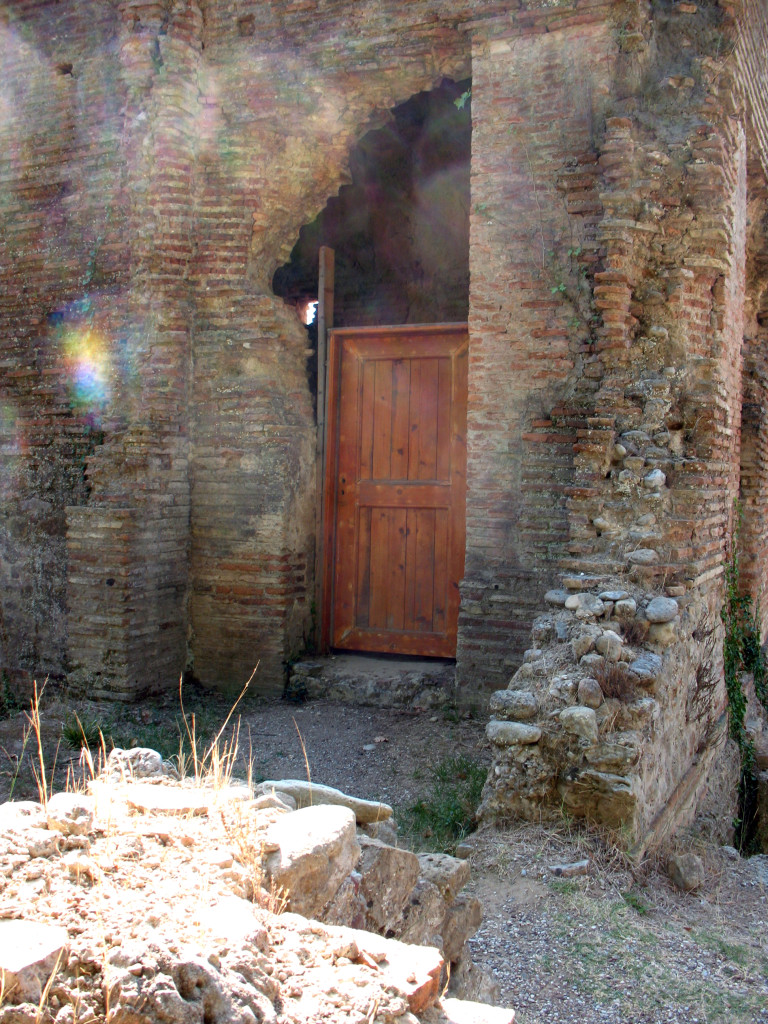Materials Science and Research
Mortar
Secret to Roman Concrete Revealed : Durability + Design News
The mortars used to bind the structures of ancient Rome consisted of a mixture of 85 percent (by volume) volcanic ash, fresh water and lime, which is calcined at a much lower temperature than modern cement. The mineralogical changes that took place in the curing of the mortar over a period of 180 days were compared to 1,900-year-old samples and it was found that a “crystalline binding hydrate” prevented microcracks from propagating. The mortar resists microcracking through in-situ crystallization of platy strätlingite, a durable calcium-alumino-silicate mineral that reinforces interfacial zones and the cementitious matrix. Most modern concretes are bound by limestone-based Portland cement. Manufacturing Portland cement requires heating a mix of limestone and clay to 1,450 degrees Celsius (2,642 degrees Fahrenheit). The process releases enough carbon—given the 19 billion tons of Portland cement used annually—to account for about seven percent of the total carbon emitted into the atmosphere each year.

Silane and Silicone or Siloxane
Waterproofing with Silicon-Based Materials
General physical and chemical properties and basic uses of Silicon, Silica, Silane, Silicone (Siloxane), Silicone Emulsions, Formulations and Blends from Dow Corning.
Waterproofing with Silicon-Based Materials
Water-resistant, breathable coatings on porous surfaces are usually silicon-based. Siloxane, silane, and silicone rubber, are the most common varieties. They’re effective in part because of their ability to penetrate substrates without effecting porousness. These silicon-based materials share a number of characteristics, for example they don’t noticeably alter the appearance of most surfaces or the underlying material’s breathability. The distinctly different attributes of siloxane, silane, and silicone rubber affect how they are manufactured and used.
United States Department of Transportation Library
ROSA P – Repository and Open Science Access Portal to reports and studies on materials and engineering pertaining to transportation infrastructure
